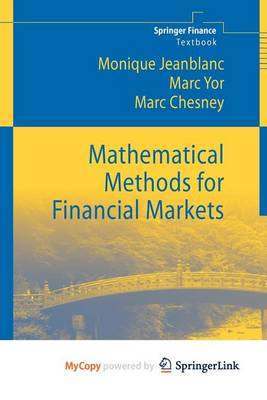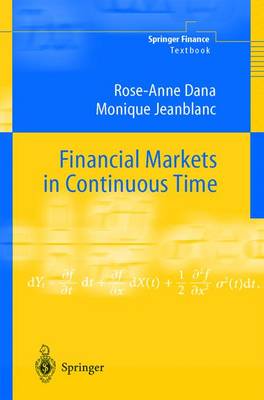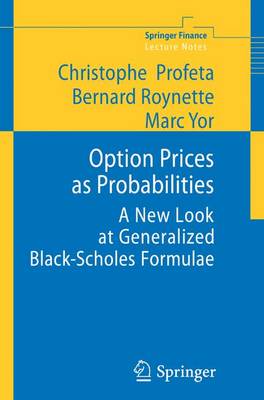Springer Finance
3 total works
Mathematical Methods for Financial Markets
by Monique Jeanblanc, Marc Yor, and Marc Chesney
Mathematical finance has grown into a huge area of research which requires a large number of sophisticated mathematical tools. This book simultaneously introduces the financial methodology and the relevant mathematical tools in a style that is mathematically rigorous and yet accessible to practitioners and mathematicians alike. It interlaces financial concepts such as arbitrage opportunities, admissible strategies, contingent claims, option pricing and default risk with the mathematical theory of Brownian motion, diffusion processes, and Levy processes. The first half of the book is devoted to continuous path processes whereas the second half deals with discontinuous processes.
The extensive bibliography comprises a wealth of important references and the author index enables readers quickly to locate where the reference is cited within the book, making this volume an invaluable tool both for students and for those at the forefront of research and practice.
Financial Markets in Continuous Time
by Rose-Anne Dana and Monique Jeanblanc
This book explains key financial concepts, mathematical tools and theories of mathematical finance. It is organized in four parts. The first brings together a number of results from discrete-time models. The second develops stochastic continuous-time models for the valuation of financial assets (the Black-Scholes formula and its extensions), for optimal portfolio and consumption choice, and for obtaining the yield curve and pricing interest rate products. The third part recalls some concepts and results of equilibrium theory and applies this in financial markets. The last part tackles market incompleteness and the valuation of exotic options.


